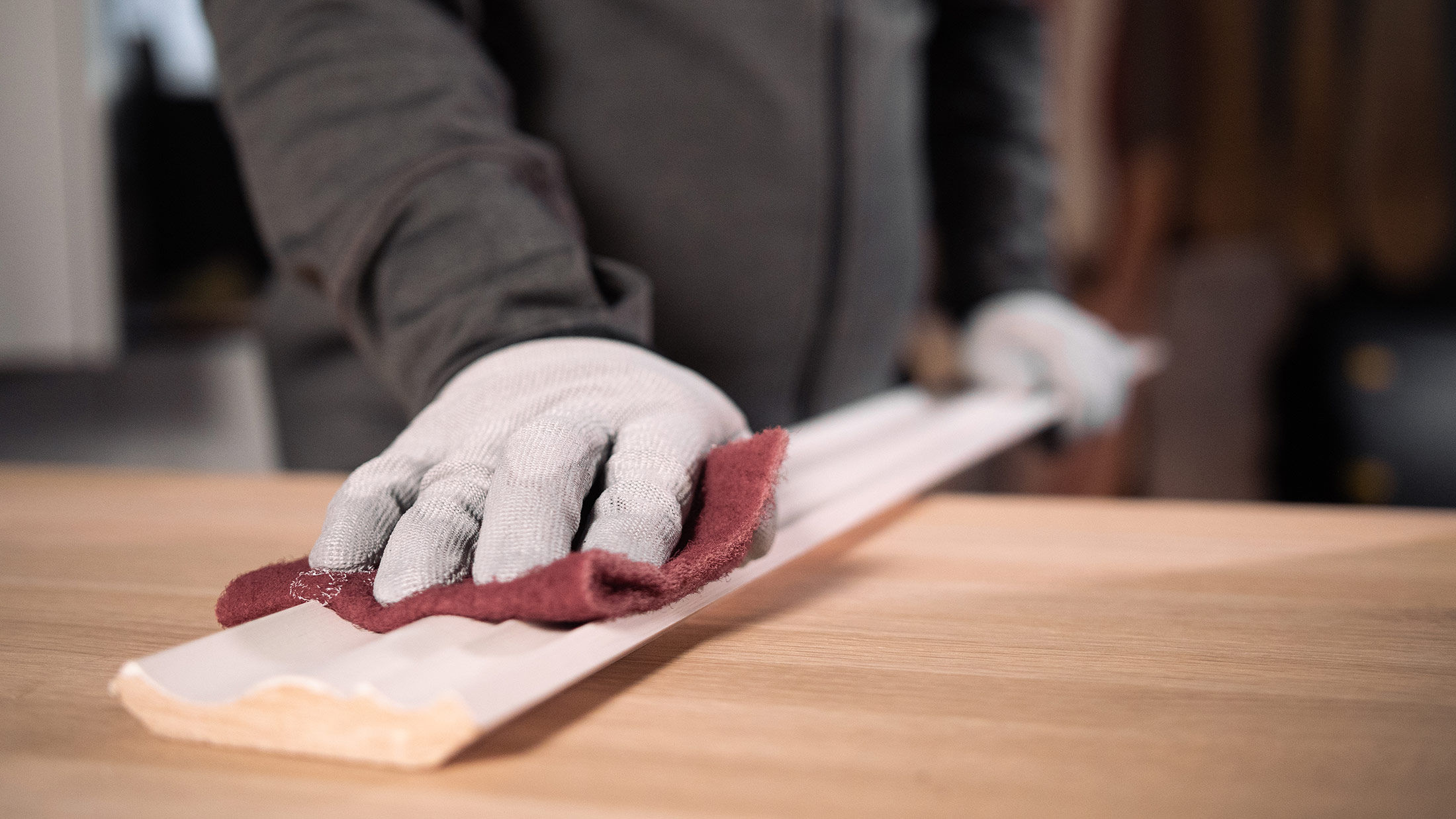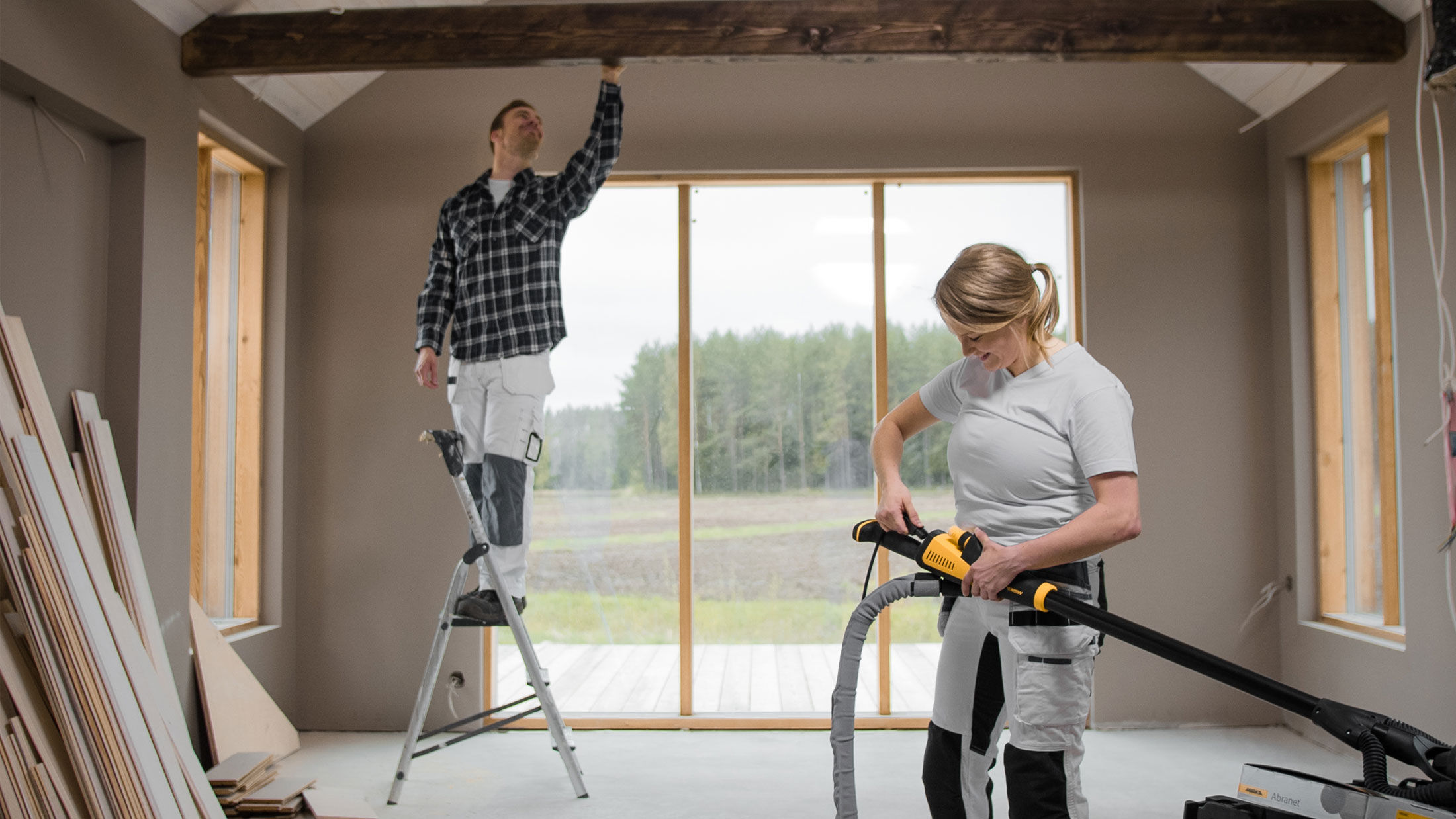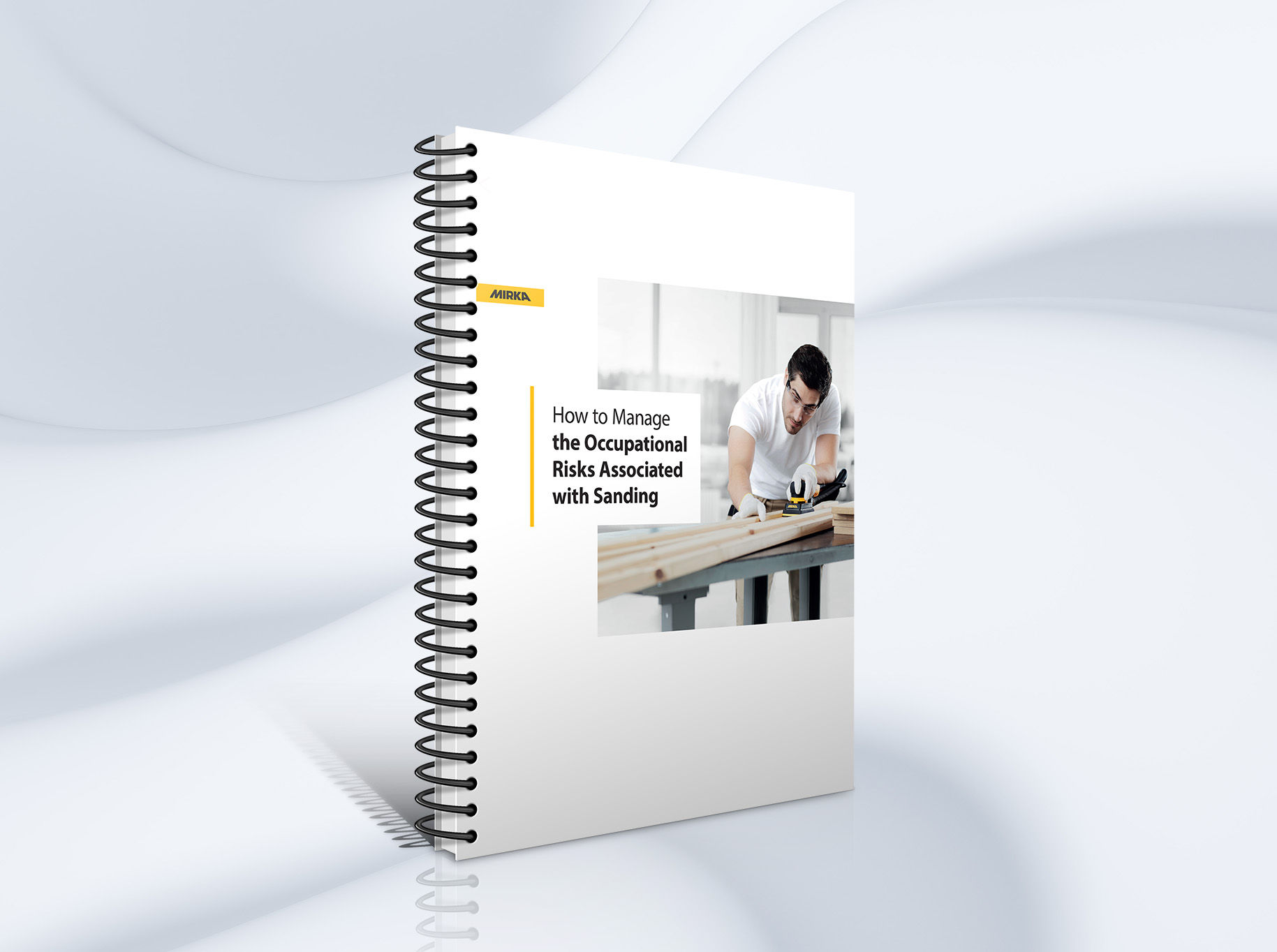Eliminating and reducing
Hand-Arm Vibration

If the job can be done practically without vibrating tools, it should be done without them. It is the responsibility of the employer to reduce the risks from vibration to as low as is reasonably practicable.
If vibration exceeds the exposure action value (2.5 m/s2 ), the employer is legally required to act to reduce the exposure. The employer must not allow exposures to exceed the exposure limit value (5 m/s2 ). Hand-arm vibration meters worn by the user are the most accurate way of determining the level of vibration experienced when a tool is being used and measuring the cumulative exposure to that vibration.
Checklist When Machine Sanding
If a job has to be done with vibrating tools, HSE (UK) recommends that workers take the following measures:
- Ask to use suitable low-vibration tools;
- Always use the right tool for each job (to do the job more quickly and expose you to less hand-arm vibration);
- Check tools before using them to make sure they have been properly maintained and repaired to avoid increased vibration caused by faults or general wear;
- Reduce the amount of time you use a tool in one go, by doing other jobs in between;
- Avoid gripping or forcing a tool or workpiece more than you have to;
- Store tools so that they do not have very cold handles when next used;
- Encourage good blood circulation by keeping warm and dry (when necessary, wear gloves, a hat, waterproofs and use heating pads if available);
- Giving up or cutting down on smoking because smoking reduces blood flow;
- Massaging and exercising your fingers during work breaks.
Noise
The European Directive requires that risks arising from noise exposure be eliminated or reduced to a minimum. Examples of risk reduction are to decrease the exposure to noise, training workers in the correct use of equipment, installing shields, and, noise-absorbing material.
After such practicable means of eliminating or reducing the risks have been implemented, the workers need to be provided with hearing protectors that fit them properly and that are suited to their work.
Eliminating and reducing
Musculoskeletal Disorder Risk Factors

The assessment of repetitive tasks tool published by HSE (UK) gives a useful guide for identifying aspects of a task that could be aggravating factors in the development of an MSD.
The assessment is split into four stages:
- Frequency and repetition of movement
- Force
- Awkward postures
- Other factors
If it is reasonably practicable to eliminate the risk factors, for example, by redesigning the job, automating a task, using different tools, or working at an adjusted height to avoid an awkward posture, then that is the first step that should be taken.
If a task cannot be eliminated, then consideration should be given to how to reduce the risk factors. Could the task be shared between workers to reduce the frequency and duration of the task for the individuals? Is it possible to reduce the force used or the repetition required when performing the task?


